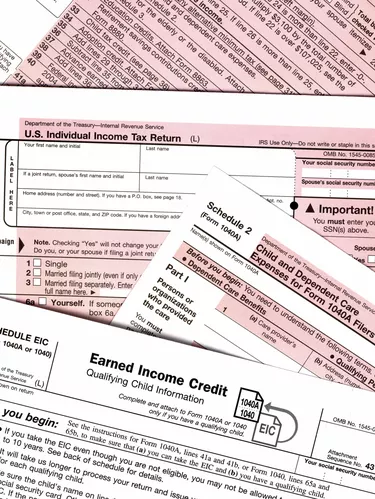
Banks, mortgage lenders, potential landlords and government agencies routinely verify income before making finance-based decisions. As an employer, either you or a representative from human resources or payroll writes the letter on an employee's behalf. However, if you're self-employed or are writing a letter to verify additional income, you'll need to write the letter yourself. Regardless, understanding the essentials can ensure the letter contains only relevant information.
A Letter Written on an Employee’s Behalf
Video of the Day
A proof of income letter written on an employee's behalf should be on company letterhead. Although it's not always necessary, a letter for a bank or mortgage lender may also require a company seal or a notary public stamp. The only information it should contain is the person's name, employment status -- full-time or part-time -- current job title, base annual salary and a statement as to whether the person is a permanent or temporary employee. The letter should end with the date, title and signature of the company representative issuing the letter.
Video of the Day
A Self-Written Letter
Except for a few modifications, a self-written proof of income letter has the same requirements as a letter written by an employer. As a self-employed person, use letterhead and include a statement as to how long you've been in business. A personal letter written to verify supplemental income should identify your income sources and attach any required verification documents such as tax returns, bank statements, or a Social Security, child support or worker's compensation award letter. Depending on the requestor's requirements, you may also need to specify how long you expect the income to continue and have the letter notarized.